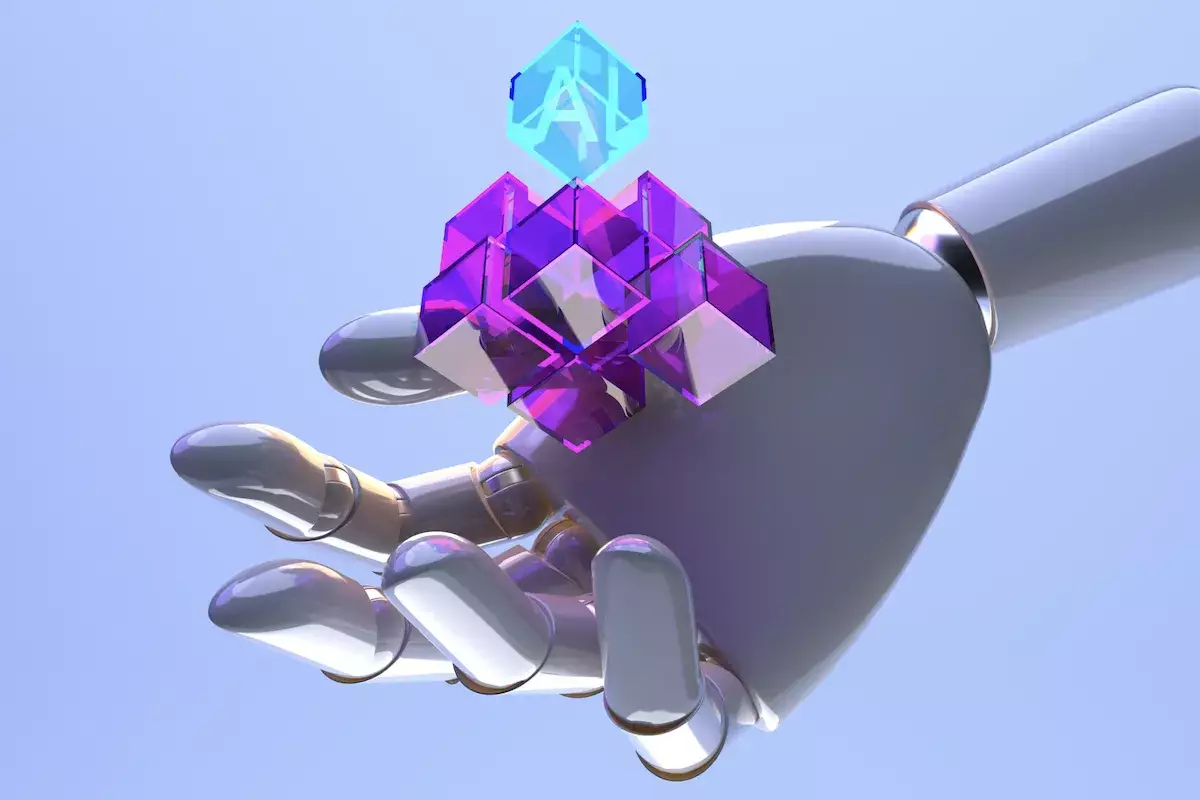The advent of decentralized applications (dApps) marks a transformative shift in the digital landscape, particularly when augmented with artificial intelligence (AI) technologies. The integration of AI into the decentralized framework opens up avenues that promise greater efficiency, enhanced security, and a more tailored user experience. This article delves into the complexities and potentials of AI dApps, positioning them as a significant trajectory within the ongoing evolution of Web3.
Understanding the Foundation of AI dApps
At their core, dApps are designed to operate independently of a centralized server. They function on blockchain networks where each node maintains a duplicate of the ledger, making them resistant to censorship and significantly mitigating single points of failure. Within this architecture, smart contracts act as the backbone, executing transactions automatically when predetermined conditions are satisfied. This innovative structure emphasizes transparency and reliability, which are paramount in today’s digital economy.
However, while blockchains provide a robust framework, they often fall short in delivering real-time insights and adaptive functionalities. This is precisely where AI comes into play. By embedding machine learning, predictive analytics, and natural language processing into dApps, developers can craft applications that not only handle vast amounts of data but also learn and evolve in response to user interactions.
The intersection of blockchain technology and AI produces a formidable synergy that enhances data integrity and operational agility. The unique characteristics of blockchain ensure that the data used by AI algorithms remains unaltered and transparent, while AI enables these systems to swiftly analyze and make sense of complex datasets. This combination presents a valuable duality: it reinforces trust while empowering users to exploit deep data insights more effectively.
For instance, in fields like decentralized finance (DeFi), the need for rapid decision-making is critical. With AI algorithms analyzing blockchain data in real-time, users can react to sudden market changes much faster. This capability could prove vital not only for individual investors but also for institutions aiming to optimize their operation through data-driven decisions.
The practical advantages offered by AI dApps are substantial. Firstly, real-time data analysis allows for the rapid identification of trends or irregularities, making it easier to navigate volatile markets. Advanced machine learning algorithms enhance operational efficiency by optimizing resource allocation—whether it be bandwidth during peak times or executing transactions based on predicted best outcomes.
Moreover, AI facilitates more intuitive user interactions. Through natural language processing, users can engage with dApps using conversational methods, eliminating the steep learning curve associated with traditional blockchain interfaces. Image recognition capabilities further enhance this interaction, enabling functionalities such as user identification and content moderation.
Additionally, AI agents signify a tremendous leap forward. These automated software programs can operate independently, completing tasks ranging from trading to content creation while functioning within the parameters set by smart contracts. This autonomy represents a new level of user convenience, allowing individuals to delegate time-consuming tasks to their AI counterparts without losing control.
One significant feature of many AI dApps is their token economics. By issuing unique tokens—be they fungible or non-fungible—these platforms incentivize user participation and data contribution. Users can earn tokens for providing valuable insights, effectively transforming them into stakeholders rather than mere consumers. This creates a mutually beneficial ecosystem where active users contribute to the app’s intelligence while being rewarded for their engagement.
Moreover, AI dApps reinforce data sovereignty. By leveraging cryptographic techniques and decentralized storage, users maintain control over their data, ensuring privacy and encouraging trust in digital interactions. Techniques like zero-knowledge proofs validate transactions without revealing sensitive information, striking a crucial balance between transparency and confidentiality.
As evidenced by growing engagement with AI-driven dApps—where reports indicate significant active wallet interaction—their potential is becoming increasingly recognized. Applications such as LOL and Dmail Network highlight the appetite for innovative solutions that blend entertainment, utility, and security. Moves towards personalization through AI companions showcase a direction that could redefine user experiences in various sectors, including gaming and healthcare.
The future of AI dApps looks promising. As emerging technologies in cryptography and machine learning develop, we can anticipate more sophisticated applications that will bring deeper innovations into finance, supply chains, and more. This landscape reflects relentless evolution, suggesting that AI dApps not only address current market demands but also pave the path for a more collaborative and efficient digital future.
The synergy of AI and decentralized applications heralds the dawn of a new technological era, presenting opportunities for exponential growth and user empowerment within the emerging Web3 ecosystem.


Leave a Reply